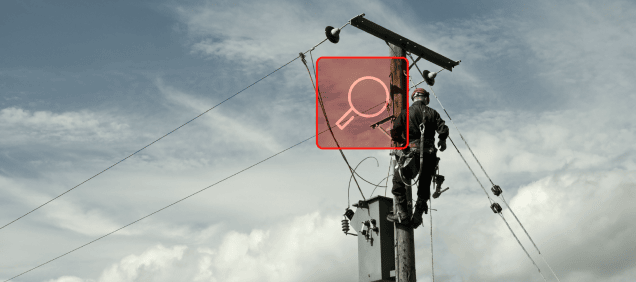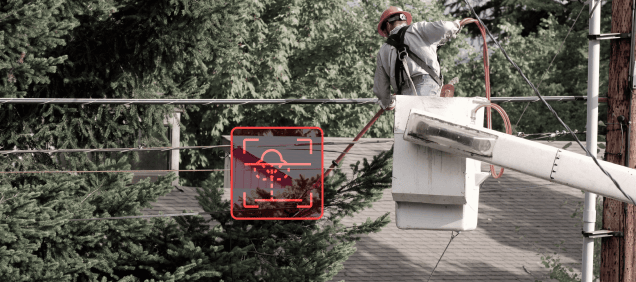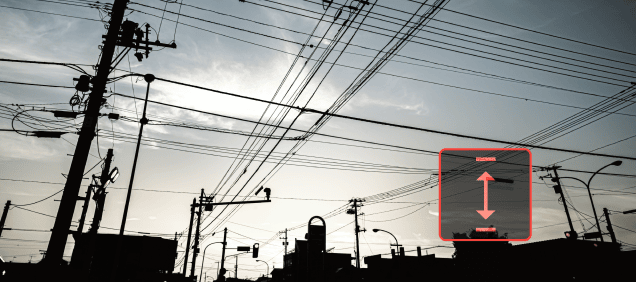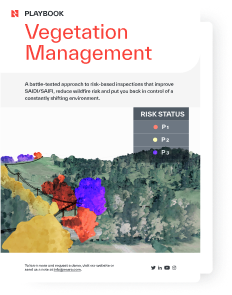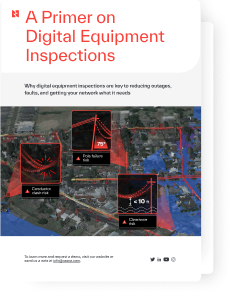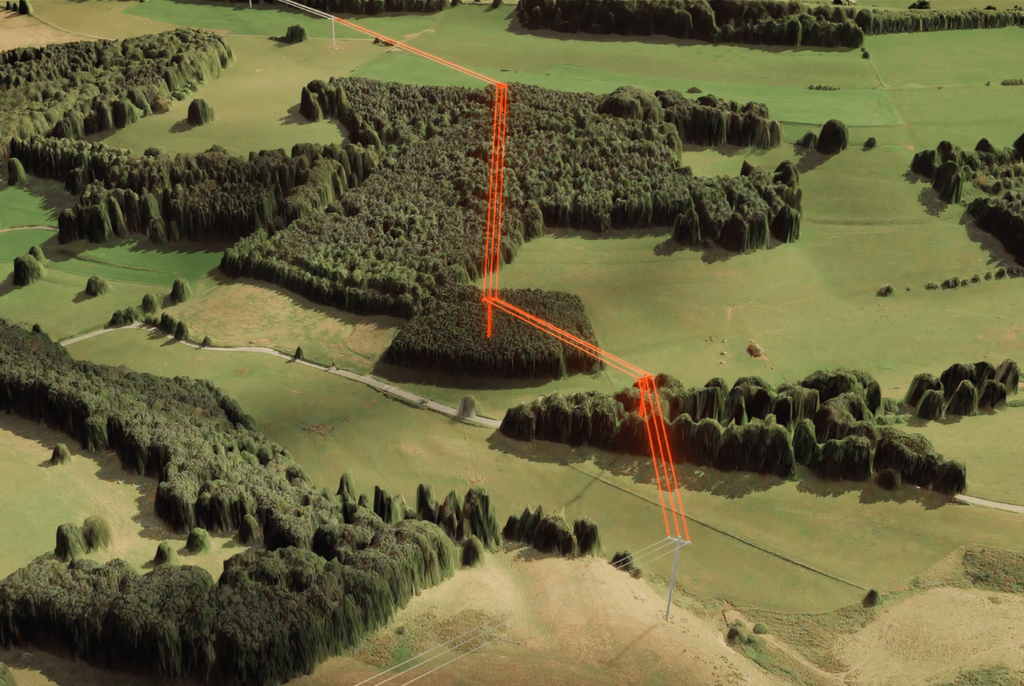

Network Health & Reliability
Get ahead of every “what-if” with more proactive operations and fewer field visits
- Raise the bar on what “as-surveyed” means with AI-assisted digital-first surveys that cover every square inch of your network — not just a couple hundred poles, all in less time than a single field visit.
- Understand risks and bottlenecks as they exist today and how they will change and affect your assets in high winds, heat waves, ice storms, and more.
- Upgrade from guesstimation to precision across everything from ground clearance measurements to pole lean and your vegetation budget number.
Complete
vegetation work
vegetation work
50%
faster
Expand
network capacity
network capacity
2x
using existing assets
Run pole
loading analysis
loading analysis
3x
faster vs. other software
Identify conductor
clash risk
clash risk
10x
faster
Explore Solutions
Explore Resources
Case Studies
Wildfire-prone US utility
“Integrating simulation functionality into our operations has introduced new standards of speed, thoroughness and consistency to our inspections that we’re excited to have codified. We believe this will be instrumental in helping us reduce fault risks by 50% in our first year.”
– Executive Team Member of a large US utility
Read more

Identify risks up to 10x faster

Save hundreds of field visits
Which assets need your attention?
With Neara you always know – before its too late
